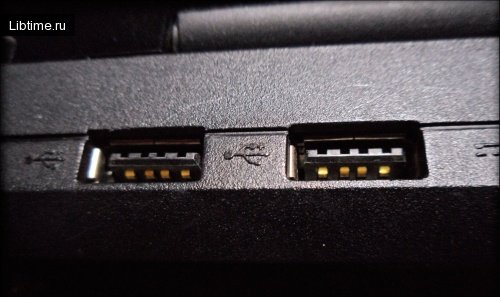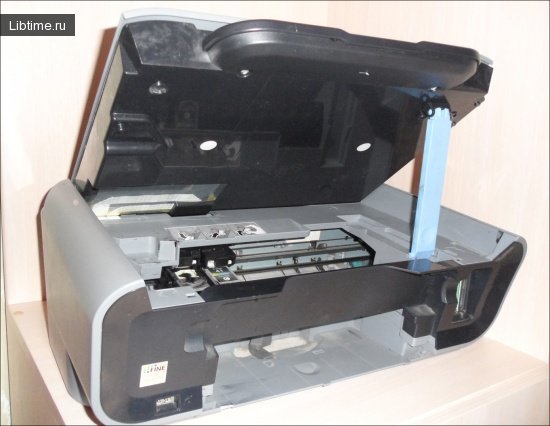Expansion slots on the motherboard
Additional devices, such as a sound adapter or internal modem, are connected to expansion slots.
The more such slots, the more devices can be connected to the personal computer. Their nomenclature and number is also an important factor when choosing a motherboard.
RAM connector
The motherboard has connectors for connecting RAM modules. They differ in the presence of latches for fixing memory modules. 
Buses for external devices
In addition to the internal system bus on the motherboard there are also buses for external devices - IDE, SCSI, USB, and others (BlueTooth, Irda, FireWire).
CPU socket
For each processor form factor there is a different type of socket, for example, Slot A, Socket 478, Socket A. A separate motherboard on a special chipset is designed specifically for each processor model.
PCI slots
PCI (Periferial Component Interconnect) is a bus standard for data transfer between computer devices. It appeared 10 years ago and is the main standard of slots for connecting additional cards (sound card, built-in modem additional controllers, etc.).
PCI connectors are white in color, divided by a kind of "jumper" into two unequal parts. The data transfer rate on the PCI bus is about 500 Mbyte/s. Previously, a video card was also installed in the PCI slot.
Accelerated Graphic Port (AGP) slot
Special, faster in terms of bandwidth (up to 500 Mbyte/s in AGP 2x mode and about 1 Gbyte/s in AGP 4x mode, more than 2 Gbyte/s in AGP 8x mode) slot designed for installation of AGP format graphics cards.
CNR/AMR (Audio Modem Riser Card) slot slot
AMR slot (the shortest on the board, dark color) is intended for installing a built-in modem or sound card into the computer. AMR slot is available on motherboards based on Intel chipsets - i810, i815, i820, etc.
Hard disk connectors (E-IDE controllers)
E-IDE (extended IDE)controllers are designed for connecting external storage and reading devices to the motherboard - hard disks, disk drives, CD-ROM, CD-RW, etc. There are 2 E-IDE controllers on the motherboard, up to two devices can be connected to each of them:
- Primary Master;
- Primary Slave;
- Secondary Master;
- Secondary Slave;
The first master is always the hard disk - the system boots from it. The second master can be a CD-ROM drive. Next is a high-capacity disk drive, which replaces a standard 1.44 Mbyte "floppy disk drive" (e.g. ZIP-Drive), an additional hard disk drive, or a CD-RW drive.
Modern modifications of the E-IDE controller, designed to connect fast hard disks, provide data transfer rates up to 33 (UltraDMA/33(ATA33)), 66 (UltraDMA/66(ATA66)), 100 (UltraDMA/100(ATA100)) or 133 Mbytes/s (UltraDMA/133), SerialATA 150.
Array of hard disk drives (RAID) support technology
An array of interconnected hard disks is used to dramatically increase data storage reliability and read speeds


